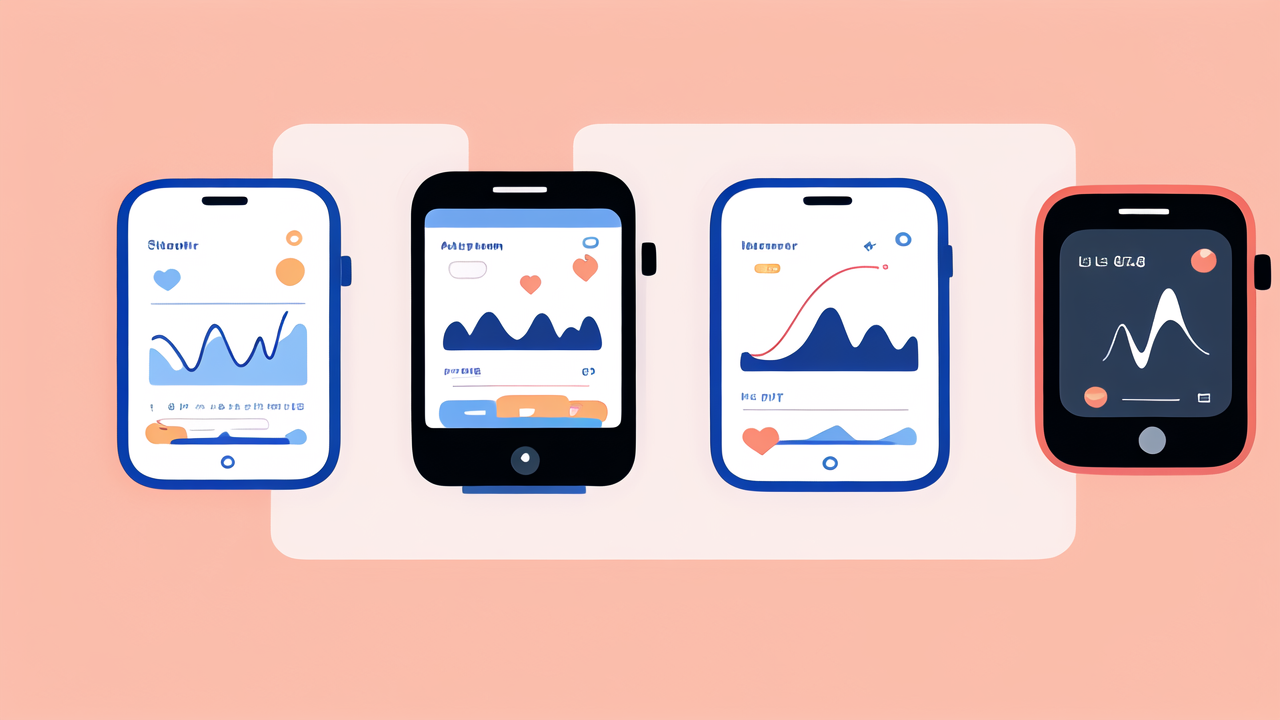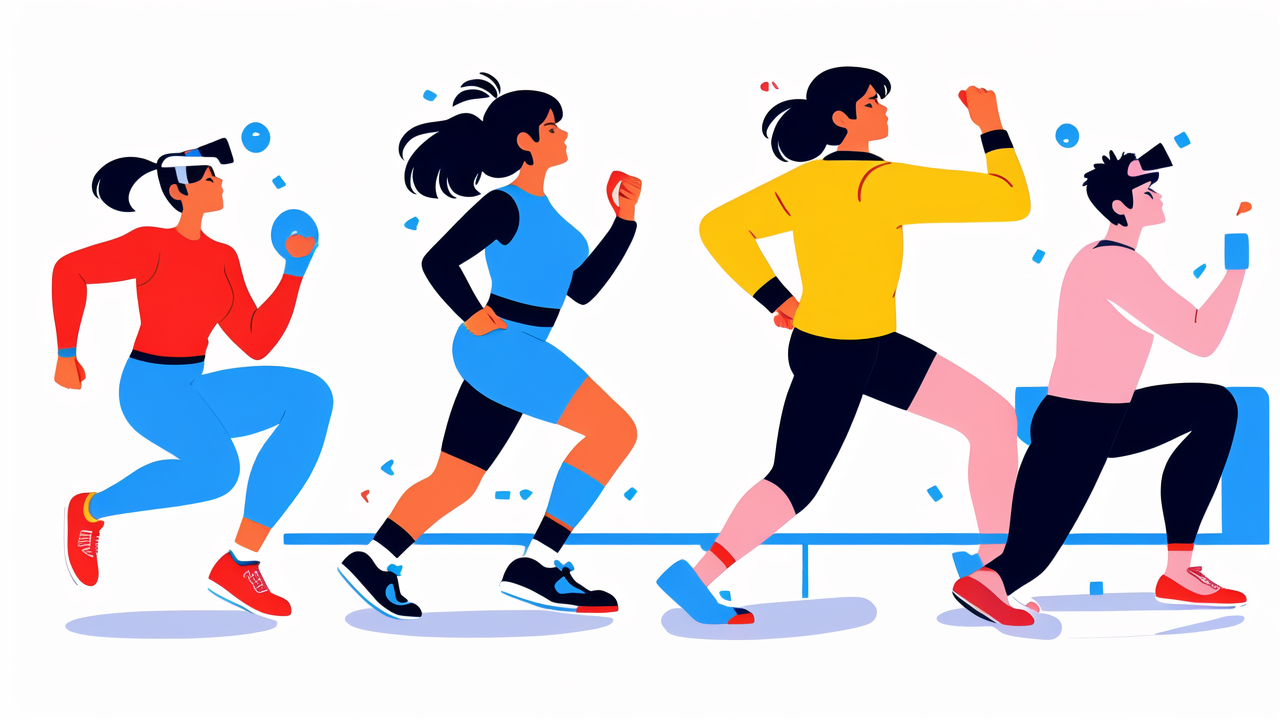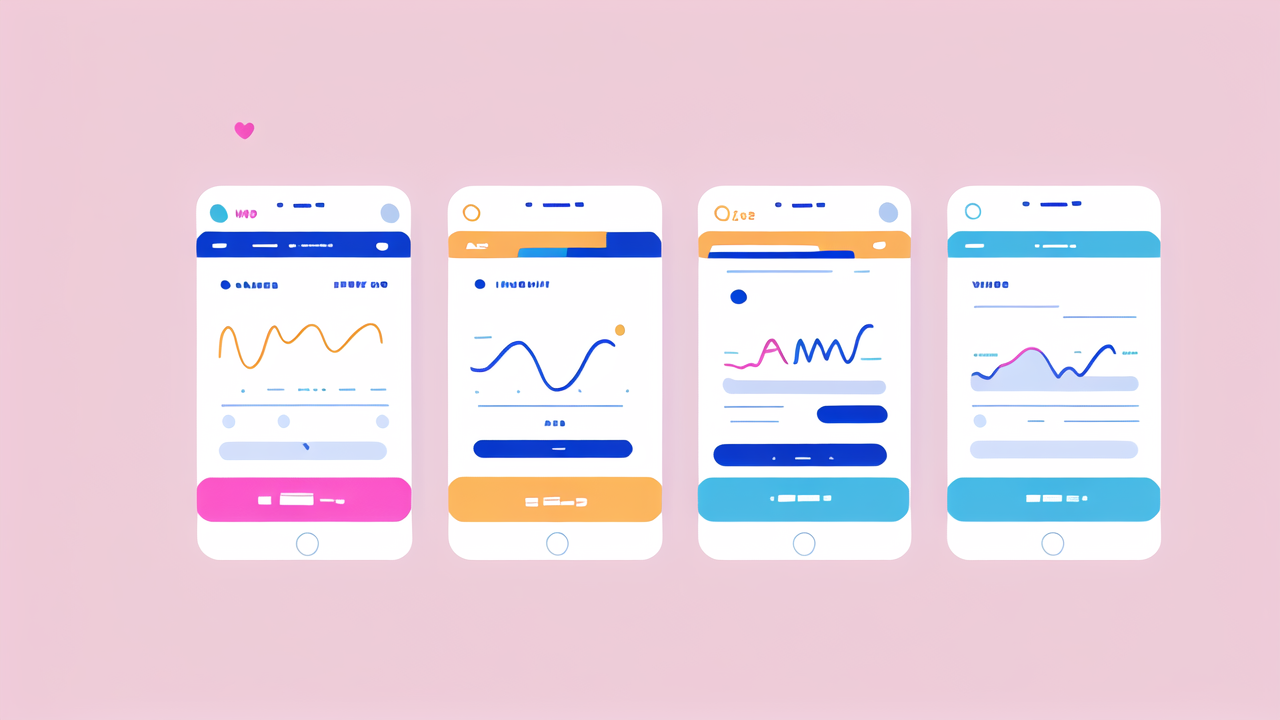Understanding Wearable Technology: An Overview of Smartwatches and Personal Trainers
The Evolution of Wearable Tech in the United States
Wearable tech has come a long way in the US. It started with simple pedometers. Now, we have smart devices that do much more. These gadgets track our steps, heart rate, and sleep patterns. They've become a part of our daily lives. The growth has been rapid, especially in the last decade. Companies like Apple, Fitbit, and Garmin lead the way. They keep improving their devices. Each new model offers more features and better accuracy. The trend shows no signs of slowing down. More people are using these devices to improve their health and fitness.

Key Features of Advanced Wearable Devices
Modern wearables are packed with features. They go beyond just counting steps. Here are some key functions:
- Heart rate monitoring
- GPS tracking
- Sleep analysis
- Stress level measurement
- Blood oxygen level detection
- ECG readings
- Workout tracking
These devices can now track various activities. They can tell if you're running, swimming, or cycling. Some even offer guided workouts. The screens are getting better too. Many now have color displays. They can show notifications from your phone. Some let you make calls or send texts. Battery life is improving as well. Many can last for days on a single charge. The goal is to make these devices more useful and less intrusive.
The Crossover of Smartwatches and Personal Trainers
Smartwatches are becoming more like personal trainers. They don't just collect data. They give advice too. Many now offer personalized workout plans. They can suggest rest days based on your activity level. Some can even detect your form during exercises. They'll tell you if you're doing it wrong. This guidance used to come only from human trainers. Now, it's available on your wrist 24/7. But these devices aren't replacing human trainers. Instead, they're working together. Trainers use the data from these devices to create better plans. They can see your progress in real-time. This leads to more effective training sessions.
The Role of Wearable Devices in Sports Training and Wellness
Boosting Athletic Performance with High-Tech Gadgets
Wearable tech is changing how athletes train. These devices provide detailed data on performance. Athletes can track their speed, power, and endurance. They can see how their body responds to training. This helps them make better decisions about their workouts. For example:

- Runners can monitor their pace and heart rate in real-time
- Swimmers can track their stroke count and efficiency
- Cyclists can measure their power output on different terrains
Coaches use this data too. They can spot trends and adjust training plans. This leads to better results and fewer injuries. Some devices even predict when an athlete might get hurt. They do this by tracking changes in movement patterns. This allows for early intervention. It's like having a sports scientist with you all the time. The impact on professional sports has been huge. But amateurs benefit too. They can train like pros with these devices.
Enhancing Daily Life through Personal Trainer Insights
Wearables aren't just for athletes. They help everyone live healthier lives. These devices act like personal health assistants. They remind you to move more. They track your daily activity levels. Many can measure the quality of your sleep. This data helps you make better choices. For example:
- You might take more walks if you see you're not meeting your step goal
- You might go to bed earlier if your sleep score is low
- You might drink more water if your device reminds you
Some devices offer stress management features. They can detect when you're stressed and suggest breathing exercises. Others track your menstrual cycle. This helps women understand their bodies better. The goal is to make health and wellness easier to manage. These devices take the guesswork out of staying healthy. They provide clear, actionable advice based on your data.
The Intersection of Fitness and Technology: A Closer Look
Fitness and technology are more connected than ever. Gyms now have smart equipment. These machines sync with your wearable device. They adjust your workout based on your goals and past performance. Many fitness apps work with wearables too. They use your data to create custom workout plans. Some even offer live classes you can join from home. Your device tracks your effort during these classes. This creates a more engaging workout experience. Virtual reality is entering the fitness world too. Some devices can create immersive workout environments. You might feel like you're running through a forest or cycling in the Alps. All while tracking your performance. This blend of tech and fitness makes working out more fun and effective.
From Data to Improved Health: Leveraging Wearable Devices for Personal Growth
The Importance of Accurate Body Metrics Tracking
Accurate body metrics are crucial for health improvement. Wearable devices make this tracking easy and precise. They measure things like heart rate, steps taken, and calories burned. Some even track body temperature and blood oxygen levels. This data gives you a clear picture of your health. It shows you where you're doing well and where you need to improve. For example, if your resting heart rate is high, you might need more cardio exercise. If your sleep quality is poor, you might need to adjust your bedtime routine. Accurate tracking also helps you set realistic goals. You can see your progress over time. This can be very motivating. It's like having a health report card every day. The key is to use this data to make positive changes in your life.

How Wearable Devices are Changing Healthcare
Wearable devices are revolutionizing healthcare. They're not just for fitness anymore. Many doctors now use data from these devices. It helps them make better diagnoses and treatment plans. For example:
- Heart rate data can help detect irregular heartbeats
- Sleep tracking can help diagnose sleep disorders
- Activity levels can help manage conditions like diabetes
Some devices can even detect falls. This is great for elderly care. Wearables are also useful for remote patient monitoring. Doctors can check on patients without in-person visits. This is especially helpful during pandemics. Insurance companies are taking notice too. Some offer lower rates for people who use wearables and meet health goals. This encourages people to live healthier lives. The future might bring even more advanced medical features. We might see devices that can detect diseases early or monitor blood sugar without needles.
Turning Data into Actionable Insights
The real power of wearable devices is in the insights they provide. They collect lots of data. But data alone isn't useful. These devices turn that data into actionable advice. They might tell you to move more if you've been sitting too long. Or suggest a lighter workout if you're overtraining. Many use AI to provide personalized recommendations. These get better over time as they learn your habits. The key is to act on these insights. Small changes can lead to big improvements in health. For example, you might:
- Go to bed 30 minutes earlier to improve sleep quality
- Take a short walk after meals to help digestion
- Do breathing exercises when your stress levels are high
The goal is to make healthy choices easier. These devices give you the information you need to make good decisions. They take the guesswork out of staying healthy. With wearable tech, everyone can be their own health coach. It's about using technology to live a better, healthier life.




Leave a comment
This site is protected by hCaptcha and the hCaptcha Privacy Policy and Terms of Service apply.